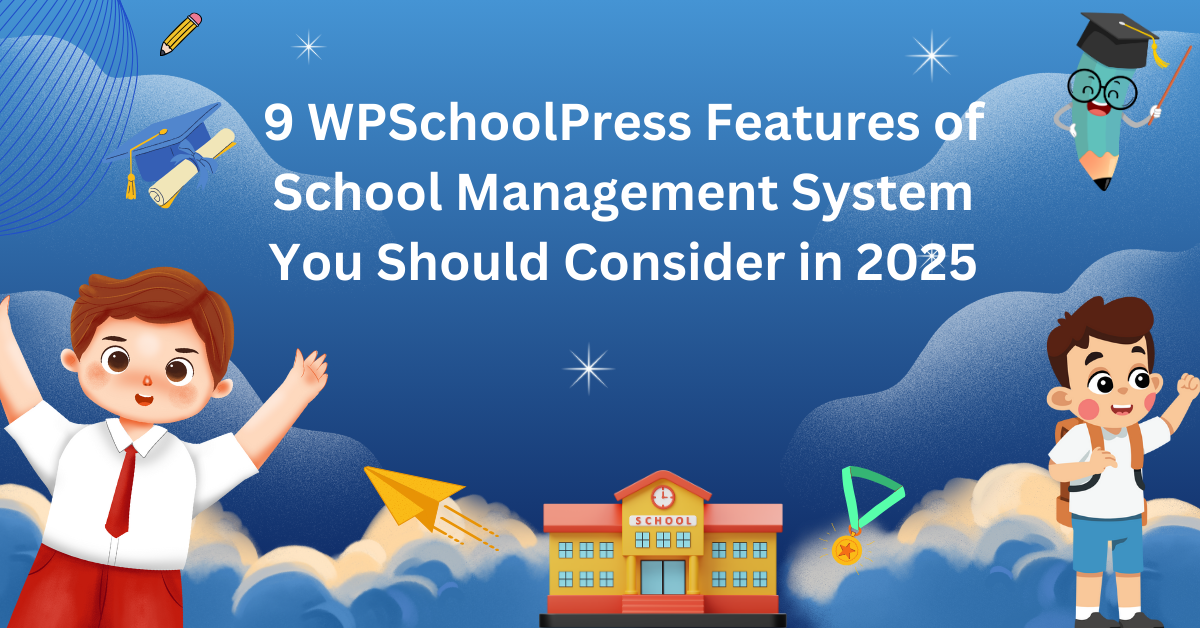Student Information System (SIS)
Can you imagine running a college or institution without a single, centralized student information system? There would be a slew of spreadsheets, mounds of paper, and countless phone calls logistical nightmare. Fortunately, Student Information Systems (SIS) have come to the rescue, revolutionizing how colleges manage student data and simplifying the learning experience for all parties.
What is a Student Information System (SIS)?
A student information system (SIS) is a piece of system that serves as the central repository for all student data. Consider it a secure, well-organized digital filing cabinet that stores a wide range of information, including academic records, grades, financial aid information, student demographics, and contact information.
Important Elements
Comprehensive Student Profiles
Student Information System uses academic and personal information to develop detailed profiles for each student. These include grades, contact information, and a variety of other pertinent details.
Excellence in Enrollment Management
Student information system streamlines the admissions process by efficiently managing applications, enrollments, and class registrations, reducing red tape and creating a more efficient path.
Academic Records Repository
Student Information System meticulously records grades, transcripts, and degree progress, acting as a custodian of students’ academic achievements. This ensures accessibility and correctness for both academic officials and students.
Financial support Navigation
Student Information System makes managing financial aid easier by allowing students to conveniently track and manage loan, grant, and scholarship information.
Hub of Communication Tools
Student information system is frequently integrated with significant communication functions, allowing for smooth communication among instructors, administrators, and students. Discussion boards, announcements, and instant messaging all contribute to a coherent academic community.
How do Student Information System operate?
Consider a security intelligence system (SIS) to be a secure online platform that a mobile app or web browser may access. Users with the proper permissions can access and manage relevant data after logging in.
Here’s a little glimpse at what a Student Information System can do:
- Enrollment and admissions: Monitor applications, manage paperwork, and assist with new student onboarding.
- View academic offers, register for courses, and manage schedules related to course enrollment.
- Transcripts and grading: Monitor academic progress, record and manage grades, and create transcripts.
- Financial assistance and billing: manage applications for financial aid, track payments, and generate bills.
- Collaboration and communication include scheduling and receiving appointments, communicating with peers and teachers, and sending and receiving messages.
Student Information System’s Impact on Higher Education
The widespread use of Student Information System has significantly impacted how higher education is administered. The following are some significant benefits:
Increased productivity
Everyone benefits from the time and money saved by automating time-consuming tasks and centralizing data.
Better communication
Allows staff, instructors, and students to communicate with one another, increasing support and participation.
Improved decision-making ability
Using data-driven insights from student information management system, administrators may make well-informed decisions about curriculum development, resource allocation, and student success programmes.
Customized learning
A few Student Information System functionalities allow for the modification of the educational process by modifying materials and content to match the needs of specific students.
Student information management system’s Benefits
Efficient Administrative Operations
Student Information System excels at automating administrative labour, significantly reducing paperwork and human data entry. Because of this efficiency, administrators have more time and resources to provide better support and services to students.
Unmatched availability
By providing students with 24-hour access to their schedules, grades, and academic records, SIS fosters student autonomy. Students can actively participate in their educational journey due to this accessibility.
Changed Communication Patterns
SIS acts as a reliable communication route between educators, administrators, and students. Instant messaging, announcements, and discussion boards are just a few of the tools that enable quick and clear communication.
Accurate data and enhanced security.
Student record management systems lower errors and ensure the correctness of student records. The system’s robust security features emphasize student privacy by protecting sensitive data.
Knowledge-Based Decision-Making with Analytics
Administrators can gain valuable insights into student performance and trends by using data analytics tools that are incorporated into Student Information System. Making well-informed judgements becomes a reality, promoting effective resource allocation and continuous programme improvement.
Benefits to Stakeholders
Benefits of student management system for Adopting many stakeholders within the higher education ecosystem.
- Effects on Students : Students can easily access their class schedules, grades, transcripts, and financial information via a user-friendly web interface, available 24/7. This eliminates the need for physical visits to the registrar’s office and sorting through numerous papers.
- Enhanced Communication: The SIS’s integrated communication features enable students to connect seamlessly with professors, advisors, and classmates. This allows for immediate clarifications, progress conversations, and collaboration possibilities, resulting in a more connected and helpful learning environment.
- Simplified Registration: The days of lengthy lines and paper registration forms are long gone. With the help of online student information system, students can easily monitor waitlists, pay fees, and register for courses online, saving them time and worry during registration times.
Effects on Academic Staff
- Streamlined Workflows: The SIS’s automated features significantly reduce the time and effort required for repetitive administrative operations, including processing enrollment papers, keeping track of grades, and managing class rosters. Faculty and staff can now devote more valuable time to essential responsibilities, such as class planning, research, and one-on-one student contact.
- Improved Communication: An SIS’s integrated communication features make it easier to communicate effectively with students. Improved engagement and support result from instructors’ ease of tracking student progress, sending announcements or personalized messages, and setting up appointments.
- Data-driven Insights: By providing valuable data-driven insights about student performance, course engagement, and general academic trends, SIS enables professors and staff to make informed decisions. These findings can be used to improve instructional strategies, pinpoint problem areas, and customize learning opportunities to meet the requirements of specific students.
Effects on Administrators
- Enhanced Efficiency: By automating intricate procedures like enrollment, financial aid application administration, and admissions, Student Information System significantly increases institutional resource savings while also improving efficiency.
- Making decisions based on data: The enormous volume of information gathered and examined by the Student Information System offers priceless insights that enable administrators to decide wisely about the distribution of resources, the creation of curricula, and tactical projects meant to raise student success rates.
- Improved Compliance: Safe data storage in the SIS aids organizations in adhering to pertinent data privacy laws and guaranteeing information security, promoting openness and trust in the education management information system.
Challenges and Solutions to Implementation
Adoption and Training Barriers
Challenges: In order to use the new system effectively, professors and staff may require training or confront resistance to change.
Solutions: To ensure a smooth transition, implement thorough training programmes and provide ongoing support. To encourage widespread usage, highlight SIS’s numerous benefits.
Data Migration Difficulties
Challenges: Moving existing data to a new system can be challenging and error-prone.
Solutions: Develop backup plans, do comprehensive testing, and carefully organize the relocation process. Throughout the migration process, prioritize data integrity.
Integration Challenges with Existing Systems
Challenges: When integrating SIS with existing systems, compatibility issues may develop.
Solutions: Invest in middleware solutions or select a system with easy integration. Working with experienced IT specialists is critical to solving integration challenges.
Prospective developments in SIS
Integration with Artificial Intelligence (AI)
In the future, artificial intelligence (AI) will be critical in automating repetitive administrative tasks, developing customized learning experiences, and forecasting student achievement.
Dominance of Mobile Accessibility
The future of SIS is enhanced mobile accessibility, with administrators and students using specialist apps to access information while on the road, increasing convenience.
Blockchain Technology for Improved Security
Blockchain technology looks to offer a glimmer of hope for improving student record security in Student Information System. Blockchain improves information security by prohibiting unauthorized access and ensuring tamper-proof data.
Conclusion
The Student Information Management System exemplifies how technology alters higher education by making it more accessible, effective, and personalized for individual students. Adopting a Student Information System gives administrators the tools they need to improve the overall academic experience while also empowering students to take control of their education. More advancements are expected in the future, ensuring that the Student Information System continues to lead the way in improving higher education.







